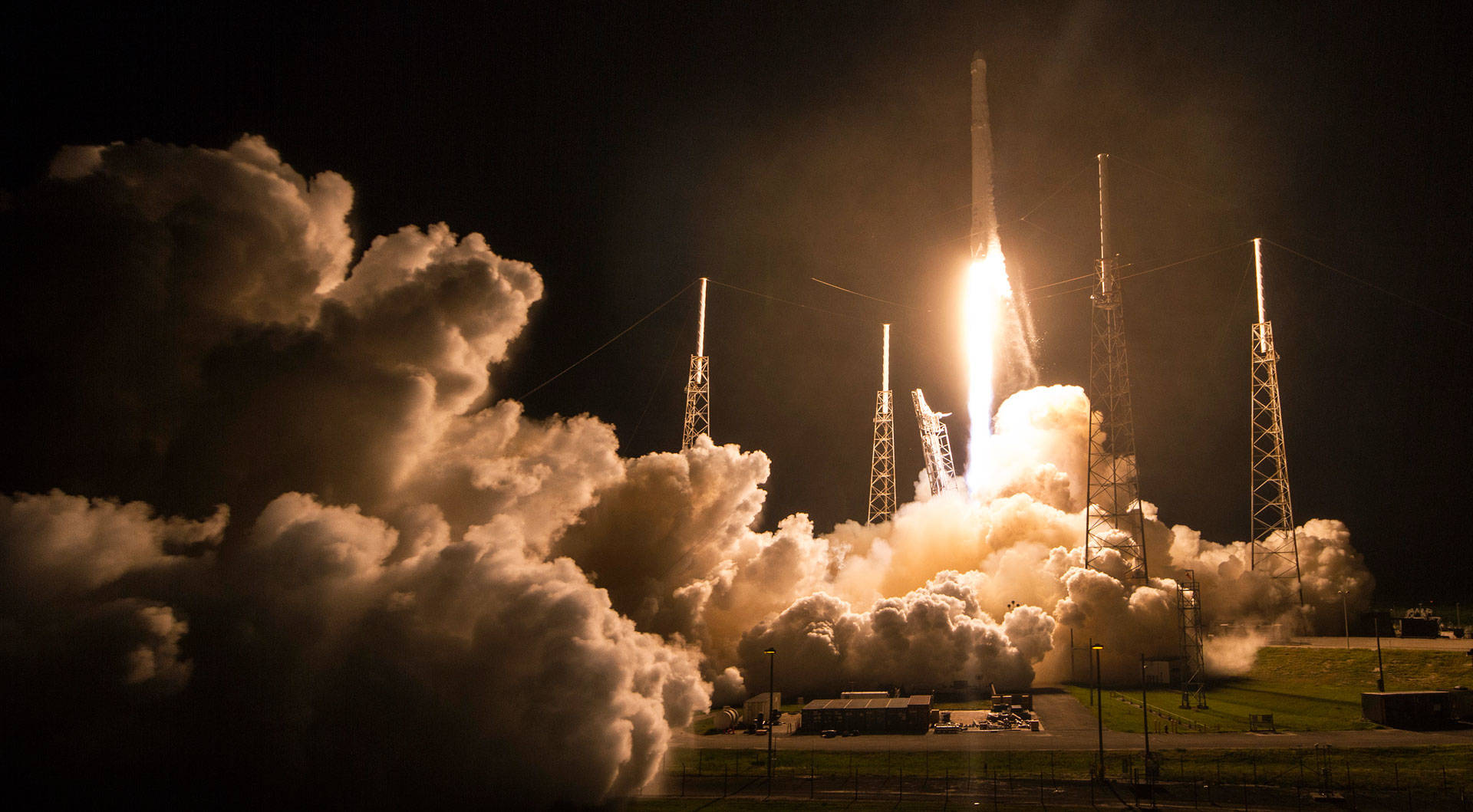CAPE CANAVERAL, Florida — SpaceX successfully launched a critical space station docking port for astronauts early Monday, along with a DNA decoder for high-flying genetic research.
As an extra feat, the company brought its leftover first-stage booster back to Cape Canaveral Air Force Station for a vertical touchdown — only the second such landing for an orbital mission and the ultimate in recycling. Twin sonic booms rocked central Florida, much as they used to during space shuttle landings.
"A really good day," said Hans Koenigsmann, vice president of flight reliability for SpaceX.
The cosmic doubleheader got underway as the unmanned Falcon 9 rocket streaked upward at 12:45 a.m. EDT, carrying 5,000 pounds of food, experiments and equipment for the International Space Station. The orbiting outpost was soaring over the North Atlantic at liftoff.
It was SpaceX's second shot at delivering a new-style docking port for NASA. The last one was destroyed over the Atlantic in June 2015 after a structural failure in the Falcon 9 rocket's second stage.


